Fraud Alert - Beware of Fraudulent CPR Courses
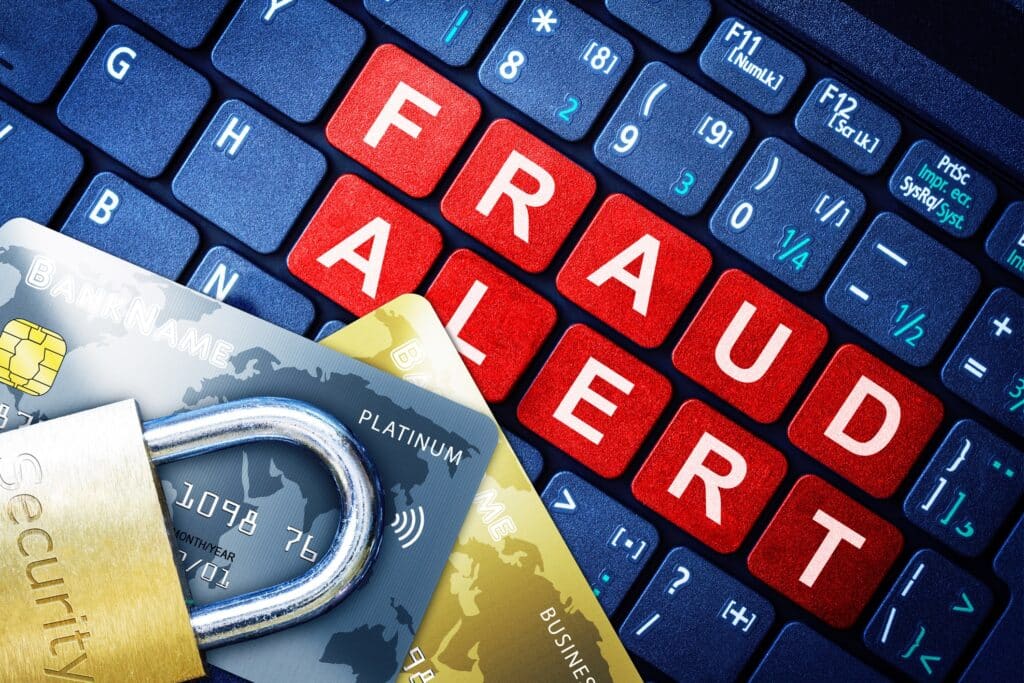
How Do I Know If A Class Is Fraudulent?
Fraudulent American Heart Association (AHA) training courses have become a growing issue across California and the United States. Wondering how to spot a fake? Here’s a quick guide to help.
If you’ve already taken a course you suspect is fraudulent or are considering one that feels suspicious, it’s important to take action. Report it directly to the American Heart Association. Protecting the integrity of these certifications helps ensure the safety and reliability of CPR and first aid training nationwide.
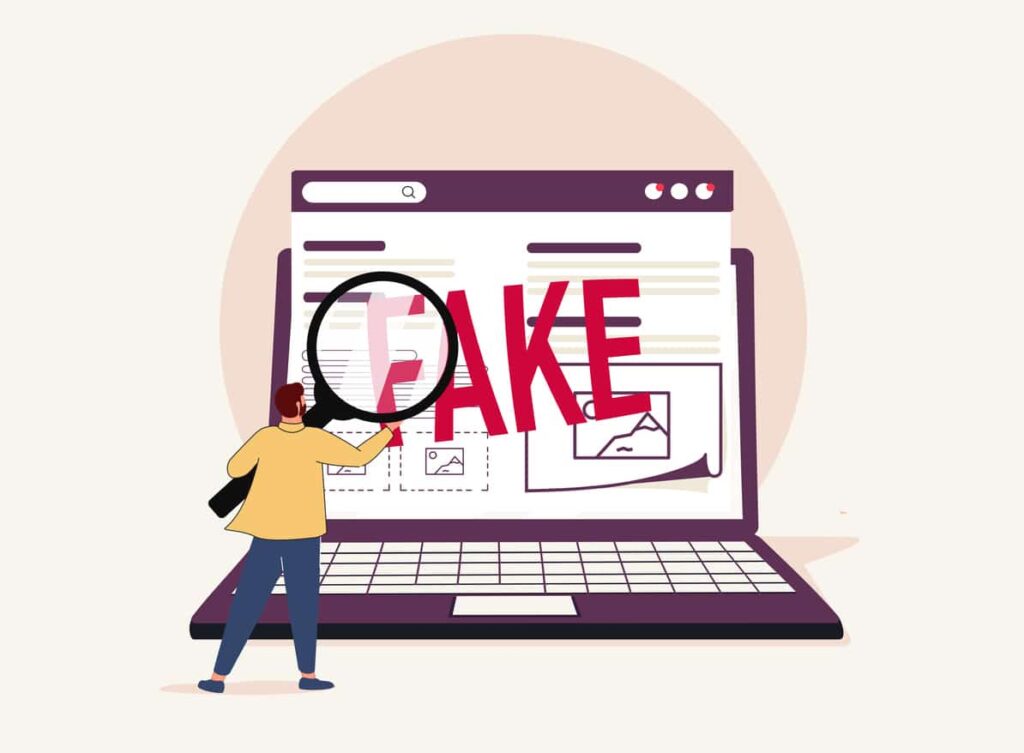
Summation of CPR Scams
- They conduct classes using questionable or unauthorized methods.
- They lack a website, or their website looks untrustworthy.
- They don’t provide a physical address or phone number for inquiries.
- If their website doesn’t feature the American Heart Association (AHA) logo, they are likely not affiliated.
- They issue certification cards without requiring students to practice on manikins—an essential part of valid CPR training.
- They skip requiring books during instructor-led courses, which is a standard in legitimate training programs.
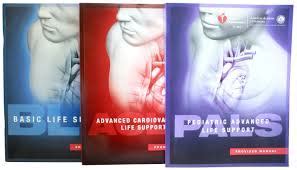
Stacking - Teaching Classes Same Time
It’s not possible for a company to teach multiple courses, like BLS, ACLS, and PALS, at the same time. These courses require different videos and materials, making it impossible to conduct them simultaneously.
What to do:
If you notice this happening, reach out to the American Heart Association for clarification or to report the issue. You can email them at [email protected] for assistance.

Online Only CPR Companies
The American Heart Association (AHA) does not certify or endorse training courses created by other organizations. If a website claims its materials are “AHA Certified,” “AHA Approved,” or “AHA Compliant,” it’s likely a scam. Cards from these sources are often fake and carry no validity. To ensure your certification is legitimate, all cards must come from an authorized AHA training center.
For online CPR courses, be cautious. The AHA only offers its own online courses, and hands-on skills testing must be completed with a certified instructor or a Voice-Assisted Manikin (VAM). Stick with AHA-authorized resources to avoid the risks of fake certifications.

Cash or Venmo Accepted Only
Avoid CPR training companies that only take payments via Venmo, cash, or PayPal. Why? Some of these businesses operate under the radar, avoiding taxes and shutting down as quickly as they pop up.
Paying with cash might seem convenient, but it leaves you vulnerable. If you’re scammed—whether the class is fake or you never receive your certification card—you’ll have no way to dispute the transaction or get your money back.
To protect yourself, always use a credit card to pay for your CPR certification course. Credit cards offer the crucial safety net of dispute protection if something goes wrong. Your peace of mind is worth it.

Zoom Courses
Acceptable Courses Over Zoom
- Enroll in the official BLS Online Heartcode or Heartsaver Online CPR and First-Aid courses.
- Complete your skills test with an American Heart Association Instructor over Zoom, in an office equipped with CPR manikins.
Unacceptable Courses Over Zoom
- Participating in a Zoom session with an instructor without the proper CPR manikins and AED in front of you.
- Note: Skills testing for ACLS or PALS over Zoom is strictly prohibited.
What to do:
If you have questions or need clarification, email the American Heart Association at [email protected].

Written Test Only
Some companies falsely provide AHA certification after an online written test. Avoid falling for this! A valid American Heart Association course requires hands-on practice with CPR manikins—it’s not just about passing an online test.
What to do:
If you suspect fraud, report it immediately by emailing [email protected].
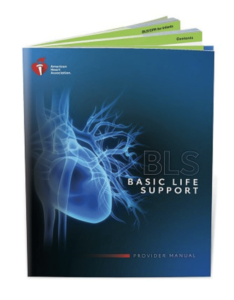
Book Policy
If you’re taking an instructor-led course, the American Heart Association requires you to have the course book or eBook “before, during, and after the class.”
If a provider loans or rents you a book, or doesn’t require you to purchase one, they’re conducting a fraudulent course.
What to do:
Report it to the American Heart Association by emailing [email protected].
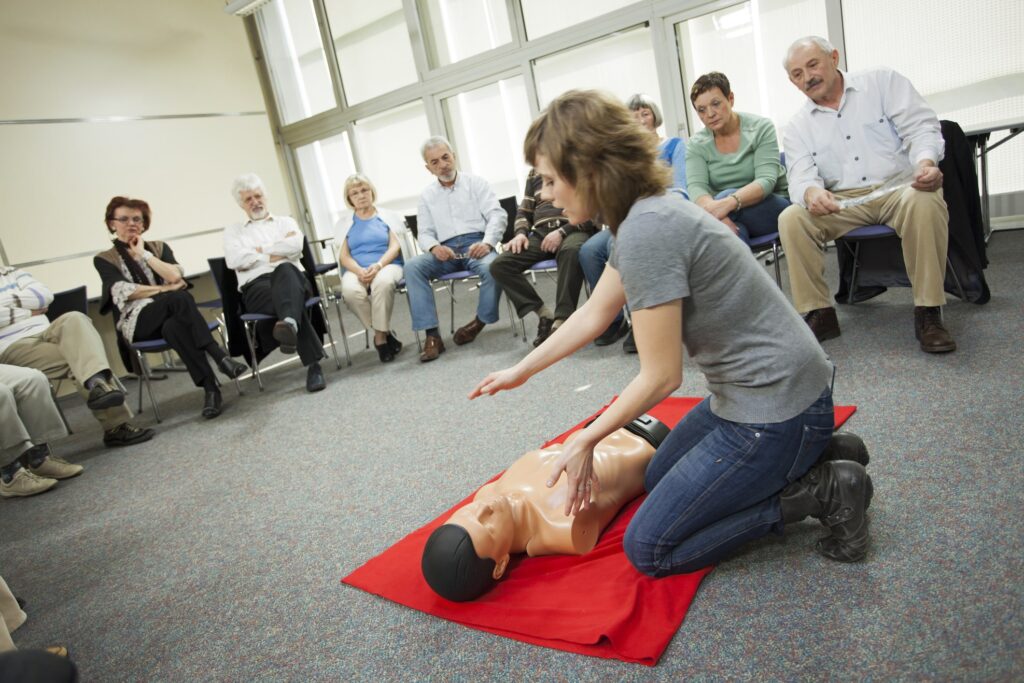
Instructor To Student Ratio
The instructor-to-student ratio plays a crucial role in ensuring effective monitoring and quality during training sessions. If your course exceeds the recommended ratio, it’s important to alert the American Heart Association.
BLS: 1 instructor for every 9 students
ACLS: 1 instructor for every 6 students
PALS: 1 instructor for every 6 students
What to do:
If you see a mismatch in the instructor-to-student ratio, contact the American Heart Association via email at [email protected].
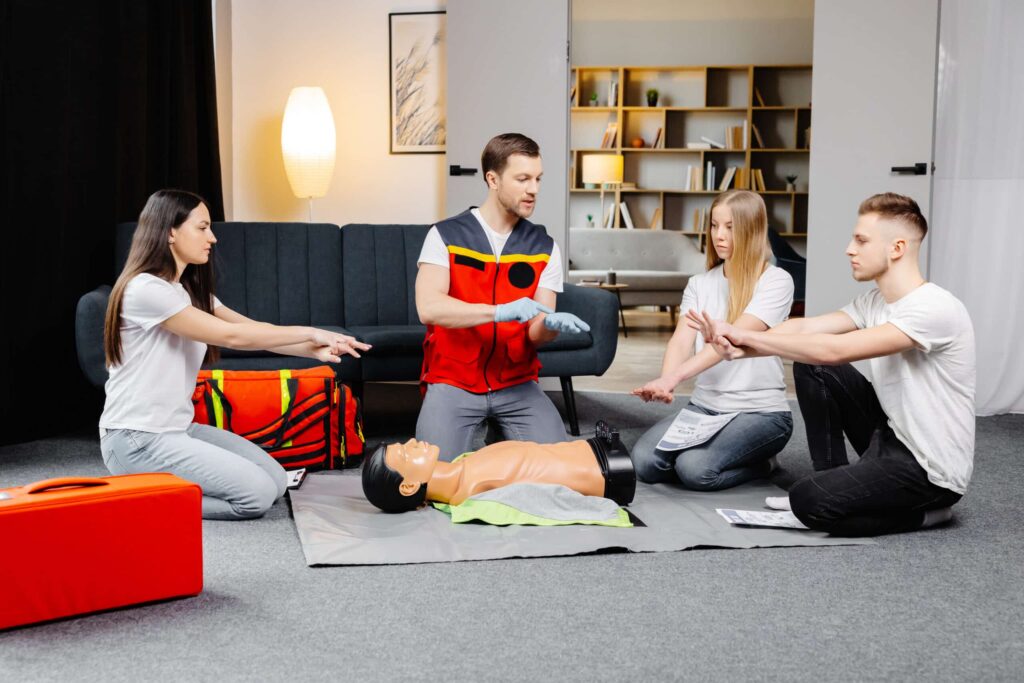
Classes Inside A Person's Home
- Fire and Safety Hazards
- Insurance Issues
- Unprofessional Conduct
- Personal Safety Risks

Course Length For Instructor Led Training
CPR courses should follow strict guidelines for duration to ensure proper training. Unfortunately, some CPR providers in California shorten their courses to save time and money, compromising the quality of education. This applies to both group classes and one-on-one training. Often, course providers list the start time but omit the end time—an immediate red flag for fraudulent courses.
Here’s how long certified courses should take:
BLS: 3–4 hours
ACLS: 4–6 hours
PALS: 4–6 hours
If the course you attended falls short of these time requirements, it may not meet American Heart Association (AHA) standards.
What to do:
Email the American Heart Contact the American Heart Association to report non-compliant courses. Email them at [email protected] for assistance.
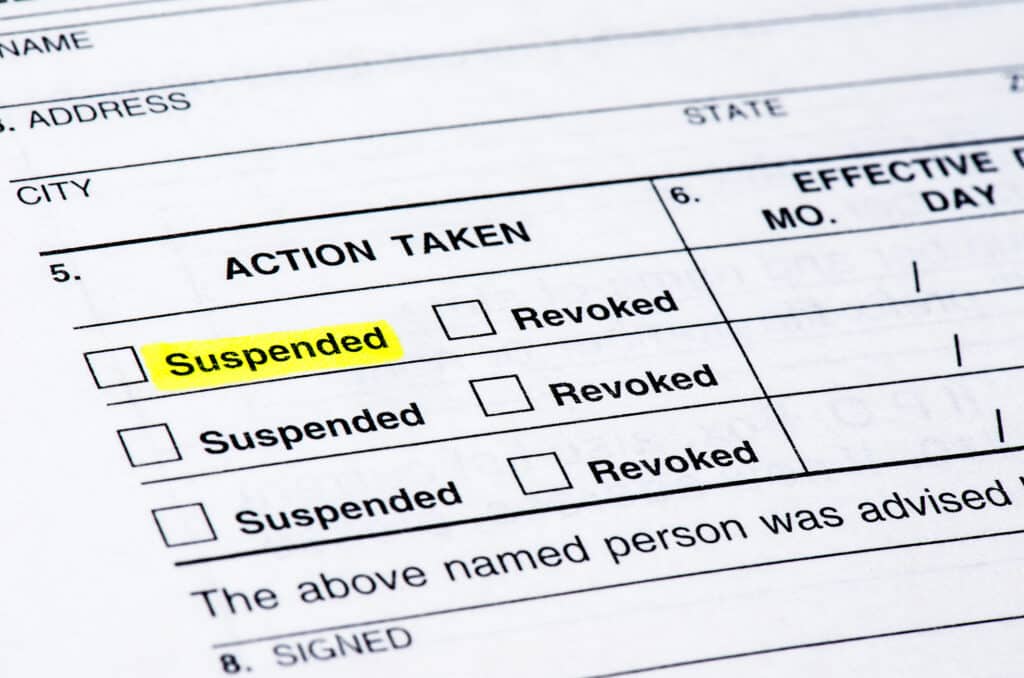
Revoking Your Certification Card
If you take a non-compliant course, your certification card could be revoked. Since it’s an eCard, your employer or school might be notified about the non-compliance. This could harm your reputation, as they would immediately know you attended a course that didn’t meet the required standards.
For those offering public courses at a facility or school, the implications can be even more serious. If the instructor’s courses are deemed non-compliant, the cards issued in the past three months could also be revoked. Imagine the consequences—issuing refunds to all those affected and facing the reputational fallout within your professional community.
If CE Credits were distributed, such as from a dental board, the situation becomes even more complex. Non-compliance would introduce additional administrative and regulatory issues, creating further complications for you and your organization.

Nurses And Professional Conduct
Nurses, dentists, and other medical professionals in California must adhere to a strict code of ethics. If you complete a CPR course that doesn’t meet the proper guidelines, you might need to retake the course or even face disciplinary action. Additionally, many schools and healthcare facilities refuse to accept certification cards from unapproved or fraudulent CPR training providers.
If you’re an administrator, ensure your staff receives training from a reputable American Heart Association (AHA) Training Center. Sending employees to unreliable providers could result in unnecessary risks—and it’s not the kind of headline you’d want your organization in.

Fraudulent CPR Training In The News
Resuscitation Quality Improvement by the American Heart Association
To ensure you’re enrolling in a legitimate American Heart Association (AHA) course, sign up for the official HeartCode BLS CPR, ACLS, or PALS training. These courses combine the AHA’s HeartCode online modules with hands-on skills testing, conducted either on a VAM (voice-assisted manikin) or with a virtual instructor. Upon completion, students receive the official AHA certification card, valid for two years.
Safety Training Seminars, AHA license number 20784, is your trusted partner for professional resuscitation training. With over 30 years of experience and a strong presence in more than 65 cities across Northern California, we’re proud to be the go-to provider for healthcare organizations statewide.
Each year, over 60,000 students choose us for their training—and keep coming back. Join them and gain the confidence and skills you need with a provider trusted since 1989.